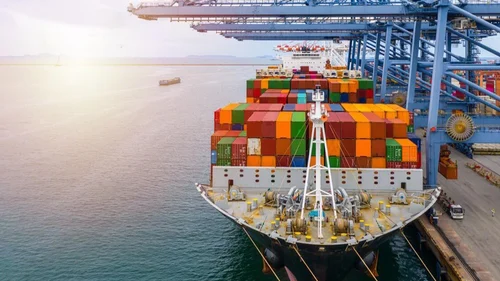Shipping goods internationally can be a complex process, but one of the most reliable and cost-effective methods is through Cargo by sea. This mode of transportation plays a crucial role in global trade, allowing businesses to transport large quantities of goods across vast oceans. In this blog, we’ll explore the benefits, challenges, and processes involved in maritime shipping.
The Benefits of Cargo by Sea
1. Cost-Effectiveness
One of the most significant advantages of cargo by sea is its cost-effectiveness, especially for bulk shipments. Shipping large volumes of goods via containers significantly reduces the cost per unit, making it an economical choice for businesses looking to minimize expenses.
2. Capacity and Versatility
Maritime vessels can accommodate a wide range of cargo types, from raw materials to finished products. Container ships, for instance, can carry thousands of containers filled with diverse goods, making them ideal for businesses with varied shipping needs.
3. Environmentally Friendly
Compared to air freight, cargo by sea is generally more environmentally friendly. Ships produce fewer carbon emissions per ton of cargo transported, making it a more sustainable choice for businesses aiming to reduce their carbon footprint.
Challenges of Cargo by Sea
1. Transit Times
While maritime shipping is cost-effective, it is also slower than air freight. Businesses must plan accordingly, as transit times can range from a few days to several weeks, depending on the destination and shipping routes.
2. Weather Dependence
Maritime shipping is susceptible to weather conditions, which can cause delays. Storms, rough seas, and other adverse weather events can disrupt schedules, impacting delivery times.
3. Customs and Documentation
Shipping goods internationally requires thorough documentation and compliance with customs regulations. Failure to provide the necessary paperwork can lead to delays or even confiscation of goods.
The Shipping Process
1. Booking the Shipment
The first step in cargo by sea is booking the shipment with a reputable shipping company. Businesses need to provide details about the cargo, including weight, dimensions, and type.
2. Packaging and Labeling
Proper packaging is essential to protect goods during transit. Additionally, accurate labeling is crucial for customs clearance and tracking purposes.
3. Loading and Transport
Once the cargo is packaged and labeled, it is loaded onto the vessel. The shipping company will handle the logistics, ensuring that the goods are safely secured for the journey.
4. Customs Clearance
Upon arrival at the destination port, the cargo must clear customs. This process involves presenting the necessary documentation and paying any applicable duties or taxes.
5. Final Delivery
After customs clearance, the cargo is ready for final delivery. Shipping companies often offer additional services, such as warehousing and local transportation, to facilitate the delivery process.
Conclusion
Cargo by sea remains a vital component of global trade, offering businesses a cost-effective and versatile way to transport goods internationally. While there are challenges associated with maritime shipping, the benefits often outweigh the drawbacks. By understanding the shipping process and planning accordingly, businesses can take full advantage of this reliable mode of transportation.
















